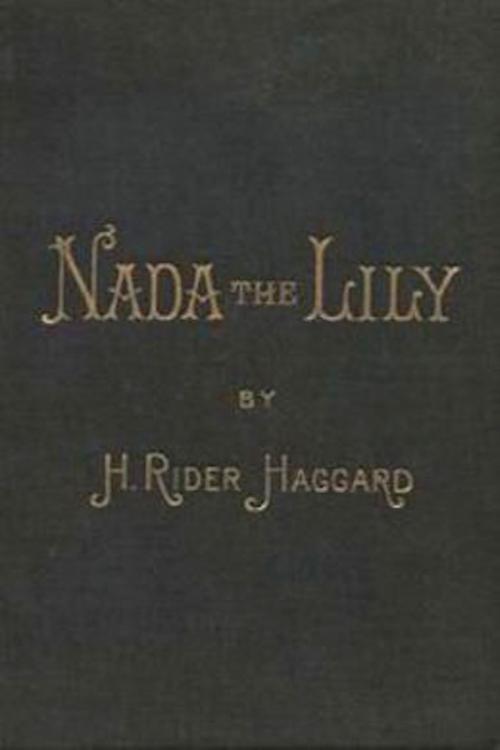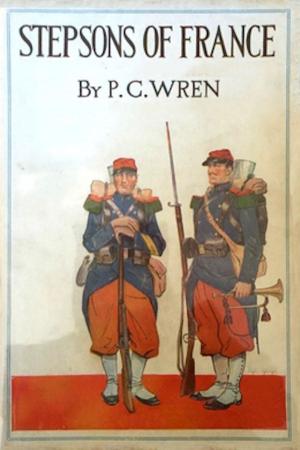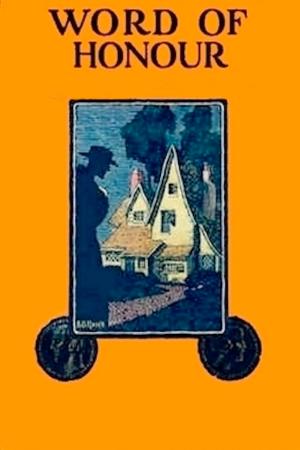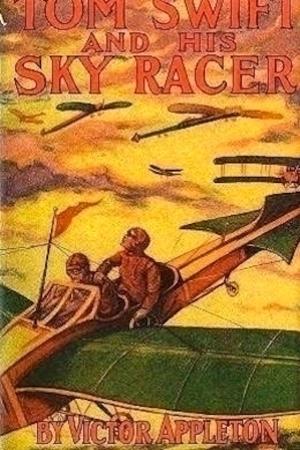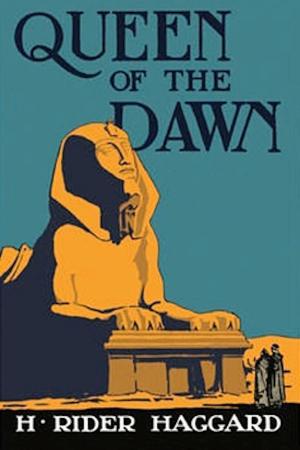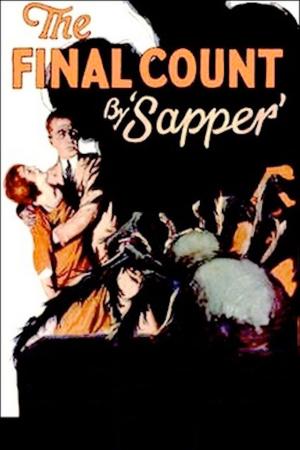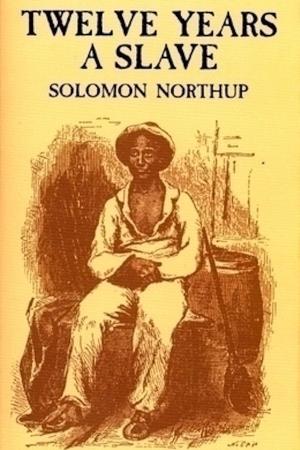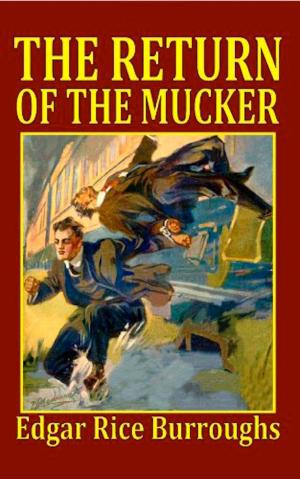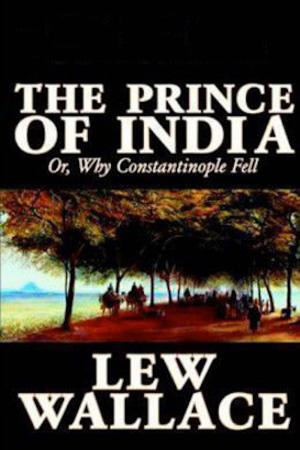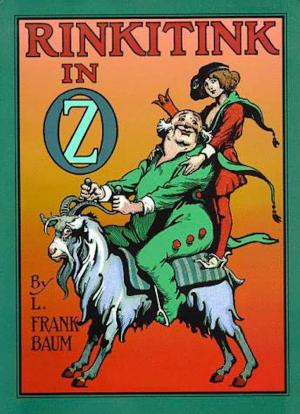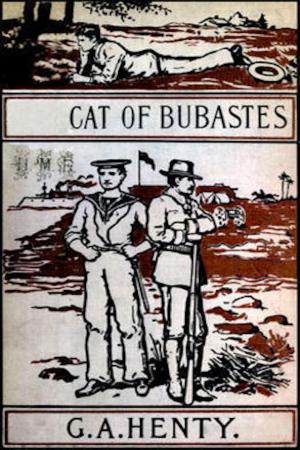| Author: | H. Rider Haggard | ISBN: | 1230002242460 |
| Publisher: | BookLife | Publication: | March 29, 2018 |
| Imprint: | Language: | English |
| Author: | H. Rider Haggard |
| ISBN: | 1230002242460 |
| Publisher: | BookLife |
| Publication: | March 29, 2018 |
| Imprint: | |
| Language: | English |
The writer of this romance has been encouraged to his task by a purpose somewhat beyond that of setting out a wild tale of savage life. When he was yet a lad,—now some seventeen years ago,—fortune took him to South Africa. There he was thrown in with men who, for thirty or forty years, had been intimately acquainted with the Zulu people, with their history, their heroes, and their customs. From these he heard many tales and traditions, some of which, perhaps, are rarely told nowadays, and in time to come may cease to be told altogether. Then the Zulus were still a nation; now that nation has been destroyed, and the chief aim of its white rulers is to root out the warlike spirit for which it was remarkable, and to replace it by a spirit of peaceful progress. The Zulu military organisation, perhaps the most wonderful that the world has seen, is already a thing of the past; it perished at Ulundi. It was Chaka who invented that organisation, building it up from the smallest beginnings. When he appeared at the commencement of this century, it was as the ruler of a single small tribe; when he fell, in the year 1828, beneath the assegais of his brothers, Umhlangana and Dingaan, and of his servant, Mopo or Umbopo, as he is called also, all south–eastern Africa was at his feet, and in his march to power he had slaughtered more than a million human beings. An attempt has been made in these pages to set out the true character of this colossal genius and most evil man,—a Napoleon and a Tiberius in one,—and also that of his brother and successor, Dingaan, so no more need be said of them here. The author's aim, moreover, has been to convey, in a narrative form, some idea of the remarkable spirit which animated these kings and their subjects, and to make accessible, in a popular shape, incidents of history which are now, for the most part, only to be found in a few scarce works of reference, rarely consulted, except by students. It will be obvious that such a task has presented difficulties, since he who undertakes it must for a time forget his civilisation, and think with the mind and speak with the voice of a Zulu of the old regime. All the horrors perpetrated by the Zulu tyrants cannot be published in this polite age of melanite and torpedoes; their details have, therefore, been suppressed. Still much remains, and those who think it wrong that massacre and fighting should be written of,—except by special correspondents,—or that the sufferings of mankind beneath one of the world's most cruel tyrannies should form the groundwork of romance, may be invited to leave this book unread. Most, indeed nearly all, of the historical incidents here recorded are substantially true. Thus, it is said that Chaka did actually kill his mother, Unandi, for the reason given, and destroy an entire tribe in the Tatiyana cleft, and that he prophesied of the coming of the white man after receiving his death wounds. Of the incident of the Missionary and the furnace of logs, it is impossible to speak so certainly. It came to the writer from the lips of an old traveller in "the Zulu"; but he cannot discover any confirmation of it. Still, these kings undoubtedly put their soldiers to many tests of equal severity. Umbopo, or Mopo, as he is named in this tale, actually lived. After he had stabbed Chaka, he rose to great eminence. Then he disappears from the scene, but it is not accurately known whether he also went "the way of the assegai," or perhaps, as is here suggested, came to live near Stanger under the name of Zweete. The fate of the two lovers at the mouth of the cave is a true Zulu tale, which has been considerably varied to suit the purposes of this romance. The late Mr. Leslie, who died in 1874, tells it in his book "Among the Zulus and Amatongas." "I heard a story the other day," he says, "which, if the power of writing fiction were possessed by me, I might have worked up into a first–class sensational novel." It is the story that has been woven into the plot of this book. To him also the writer is indebted for the artifice by which Umslopogaas obtained admission to the Swazi stronghold; it was told to Mr. Leslie by the Zulu who performed the feat and thereby won a wife. Also the writer's thanks are due to his friends, Mr. F. B. Fynney, [4] late Zulu border agent, for much information given to him in bygone years by word of mouth, and more recently through his pamphlet "Zululand and the Zulus," and to Mr. John Bird, formerly treasurer to the Government of Natal, whose compilation, "The Annals of Natal," is invaluable to all who would study the early history of that colony and of Zululand.
The writer of this romance has been encouraged to his task by a purpose somewhat beyond that of setting out a wild tale of savage life. When he was yet a lad,—now some seventeen years ago,—fortune took him to South Africa. There he was thrown in with men who, for thirty or forty years, had been intimately acquainted with the Zulu people, with their history, their heroes, and their customs. From these he heard many tales and traditions, some of which, perhaps, are rarely told nowadays, and in time to come may cease to be told altogether. Then the Zulus were still a nation; now that nation has been destroyed, and the chief aim of its white rulers is to root out the warlike spirit for which it was remarkable, and to replace it by a spirit of peaceful progress. The Zulu military organisation, perhaps the most wonderful that the world has seen, is already a thing of the past; it perished at Ulundi. It was Chaka who invented that organisation, building it up from the smallest beginnings. When he appeared at the commencement of this century, it was as the ruler of a single small tribe; when he fell, in the year 1828, beneath the assegais of his brothers, Umhlangana and Dingaan, and of his servant, Mopo or Umbopo, as he is called also, all south–eastern Africa was at his feet, and in his march to power he had slaughtered more than a million human beings. An attempt has been made in these pages to set out the true character of this colossal genius and most evil man,—a Napoleon and a Tiberius in one,—and also that of his brother and successor, Dingaan, so no more need be said of them here. The author's aim, moreover, has been to convey, in a narrative form, some idea of the remarkable spirit which animated these kings and their subjects, and to make accessible, in a popular shape, incidents of history which are now, for the most part, only to be found in a few scarce works of reference, rarely consulted, except by students. It will be obvious that such a task has presented difficulties, since he who undertakes it must for a time forget his civilisation, and think with the mind and speak with the voice of a Zulu of the old regime. All the horrors perpetrated by the Zulu tyrants cannot be published in this polite age of melanite and torpedoes; their details have, therefore, been suppressed. Still much remains, and those who think it wrong that massacre and fighting should be written of,—except by special correspondents,—or that the sufferings of mankind beneath one of the world's most cruel tyrannies should form the groundwork of romance, may be invited to leave this book unread. Most, indeed nearly all, of the historical incidents here recorded are substantially true. Thus, it is said that Chaka did actually kill his mother, Unandi, for the reason given, and destroy an entire tribe in the Tatiyana cleft, and that he prophesied of the coming of the white man after receiving his death wounds. Of the incident of the Missionary and the furnace of logs, it is impossible to speak so certainly. It came to the writer from the lips of an old traveller in "the Zulu"; but he cannot discover any confirmation of it. Still, these kings undoubtedly put their soldiers to many tests of equal severity. Umbopo, or Mopo, as he is named in this tale, actually lived. After he had stabbed Chaka, he rose to great eminence. Then he disappears from the scene, but it is not accurately known whether he also went "the way of the assegai," or perhaps, as is here suggested, came to live near Stanger under the name of Zweete. The fate of the two lovers at the mouth of the cave is a true Zulu tale, which has been considerably varied to suit the purposes of this romance. The late Mr. Leslie, who died in 1874, tells it in his book "Among the Zulus and Amatongas." "I heard a story the other day," he says, "which, if the power of writing fiction were possessed by me, I might have worked up into a first–class sensational novel." It is the story that has been woven into the plot of this book. To him also the writer is indebted for the artifice by which Umslopogaas obtained admission to the Swazi stronghold; it was told to Mr. Leslie by the Zulu who performed the feat and thereby won a wife. Also the writer's thanks are due to his friends, Mr. F. B. Fynney, [4] late Zulu border agent, for much information given to him in bygone years by word of mouth, and more recently through his pamphlet "Zululand and the Zulus," and to Mr. John Bird, formerly treasurer to the Government of Natal, whose compilation, "The Annals of Natal," is invaluable to all who would study the early history of that colony and of Zululand.
